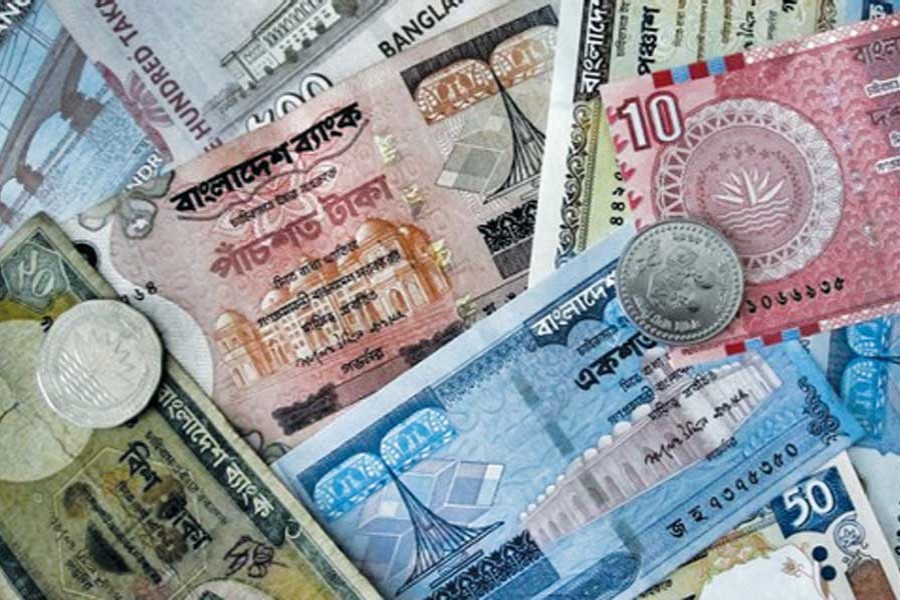The monetary policy statement (MPS) recently issued by Bangladesh Bank has evoked an interesting discourse between the central bank authority and business leaders. In a dialogue organised by Dhaka Chamber of Commerce and Industry (DCCI) under title "Monetary Policy Statement: Implication on Private Sector", the DCCI president termed the statement "cautionary". The central bank governor Fazle Kabir, while recognising the value for inter-face in crafting a business-friendly monetary policy, promised consultations with relevant parties before announcing the monetary policy. In regard to the formulation and conduct of a monetary policy there is need for careful navigation through the variables - money supply, interest rate, or the exchange rate. By adhering to rules as opposed to using discretion, the authorities engender stability. The other point is to remember that it is not possible to set up targets individually for the money supply, the exchange rate and interest rates because the three, as monetarists say, are simultaneously determined. At issue, however, is not a theoretical or semantic analysis of a concept, but a practical application of monetary policy as an instrument of private sector-led growth. The MPS seems in line with expectation when inflation rate, interest rate, currency exchange rate, broad money and credit growth target in it are closely associated with private sector development.
The salient features may bolster private sector credit flow, boost industrialisation and job creation, culminating in the projected gross domestic product (GDP) growth rate at 7.8 per cent in the current fiscal year. Credit growth in private sector has been set at 16.5 per cent which may not be a cakewalk; for some experts tend to argue that the credit growth in public sector having reached 13.30 per cent from a negative 2.50 per cent the trend may cut back on the space for credit growth in the private sector.
The growing non-performing loans (NPLs) pose a challenge to the stability of banking sector by raising the cost of capital for the private sector and constricting credit flows to industries and SMEs (small and medium-sized enterprises). Although the central bank's governor says that the NPLs are coming down, they accounted for a whopping 11.45 per cent of the total outstanding loan as of September, 2018. This hemorrhage would be only band-aided until such time as the authorities are able enforce due diligence in sanctioning loans and monitoring their utilisation.
To list other challenges holding back the desired private sector growth one needs only to cite capital flight, weak exchange rate, unstructured capital market, lower foreign direct investment inflow, unemployment, negative trade balance and lack of export diversification. The Bangladesh Bank governor defended injection of dollar into the market to keep the foreign exchange rate at a tolerable level contingent upon increased import of capital machinery, heavy machinery and industrial raw materials. But is it a sustainable answer to balance of payments (BOP) deficits? Perhaps Bangladesh should take a wiser route to averting artificial resuscitation and go head-long instead for an invigorated export diversification campaign.


